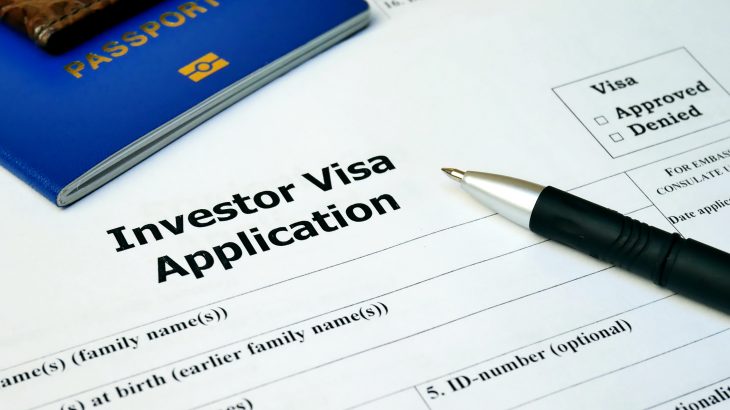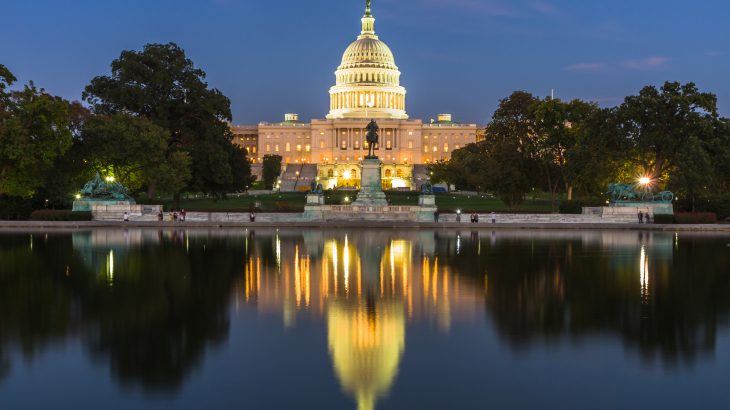The minimum investment level for the EB-5 visa remains at $500,000 for now, but the appeal is a clear signal the Biden administration is intent on increasing the price.
The US government filed a last-minute appeal against a federal court ruling that reversed Trump-era changes to the EB-5 Visa investment thresholds. A federal judge in California ruled in June that a decision to increase the minimum investment level from $500,000 to $900,000 in November 2019 was unlawful because the head of the Department of Homeland Security (DHS) had been improperly appointed. The Biden administration is now seeking to appeal her ruling and reinstate the changes.
The ruling saw the EB-5 investment level fall back to $500,000 in June for a short window before the Regional Center program expired at the end of that month. This resulted in a flurry of applications as people piled in to obtain Green Cards by investment for themselves and their families. While the EB-5 Regional Center route is on hold, Direct EB-5 remains open and accepting applicants the $500,000 investment amount.
Increasing the Minimum Investment for EB-5 Visa
The timeline on the appeals process is not clear. It could be done quickly, but is more likely to take many months. The appeal does underscore the Biden administration’s commitment to a higher EB-5 investment level than the current minimum threshold of $500,000. If the appeal process is successful, that would mean a return to $900,000 minimum investment level inside a Targeted Employment Area ($1.8 million outside these areas). The alternative is to go through the US Congress to change the rules for the EB-5 program and agree new investment thresholds.
There was a bipartisan attempt to reform and reauthorize the EB-5 Regional Center program before it expired. However, this failed when a single senator, Lindsey Graham of South Carolina, opposed passing the bill following an eleventh hour attempt to pass it by Unanimous Consent. Senator Graham is not opposed to EB-5, but wanted more discussion on what a reformed investor-visa program should look like.
Congress and the EB-5 Program
Congress will need to revisit EB-5 after its summer recess. There could still be another attempt at bespoke reform for EB-5, but the packed legislative agenda may mean that it is folded back into spending legislation due at the end of September. Any reform package would seek to bring greater integrity to the program, may review the differential between TEA investment and non-TEA investment, and, critically for of investors, it may also amend the investment thresholds.
The increase to a $900,000 minimum investment has resulted in a drop in applications since it has pushed EB-5 outside of the reaches of the global middle class who have been the backbone of the EB-5 Immigrant Investor Visa program since its inception in the 1990s. The US program is more affordable than many comparable citizenship or residency by investment programs worldwide – for example, the UK Tier One Investor Visa starts from £2 million (and is a visa that Davies & Associates can also assist you with).
The onset of the Covid pandemic soon after the price increase has also served to dampen demand, so it is tricky to draw conclusive trends based upon the 2020 EB-5 filing data.
A more modest increase in the minimum investment threshold to $700,000 or $750,000 could be a real possibility according to industry insiders. This would raise more revenue while keeping the EB-5 program within reach of more people. Such a change would require legislative approval.
Watch a recording of our most recent webinar where we delve deeply into this image and examine the potential reform and reauthorization of the Regional Center program.
Next steps for the EB-5 Immigrant Investor Visa Program
The good news is that EB-5 enjoys the backing of politicians from both main political parties. EB-5 brings in billions of dollars of investment and creates hundreds of thousands of jobs at no cost to the taxpayer. The EB-5 program played a vital role in bringing foreign direct investment to the United States amid the financial crisis in 2008 and EB-5 can serve in a similar manner as America emerges from Covid-19.
We cannot take any stance of the likelihood of success on the appeal, but it is a clear sign that the Biden administration intends to increase the investment minimum. But just filing the appeal does not have any immediate impact. The investment amount remains at $500,000 until and unless they get a favorable appellate decision (or until they go through the rule change process properly). So, Direct EB-5 remains open to new applicants at the $500,000 limit, as would the Regional Center program – if and when it is reinstated. We will keep everyone updated as events unfold.
This article is published for clients, friends and other interested visitors for information purposes only. The contents of the article do not constitute legal advice and do not necessarily reflect the opinions of Davies & Associates or any of its attorneys, staff or clients. External links are not an endorsement of the content.



























